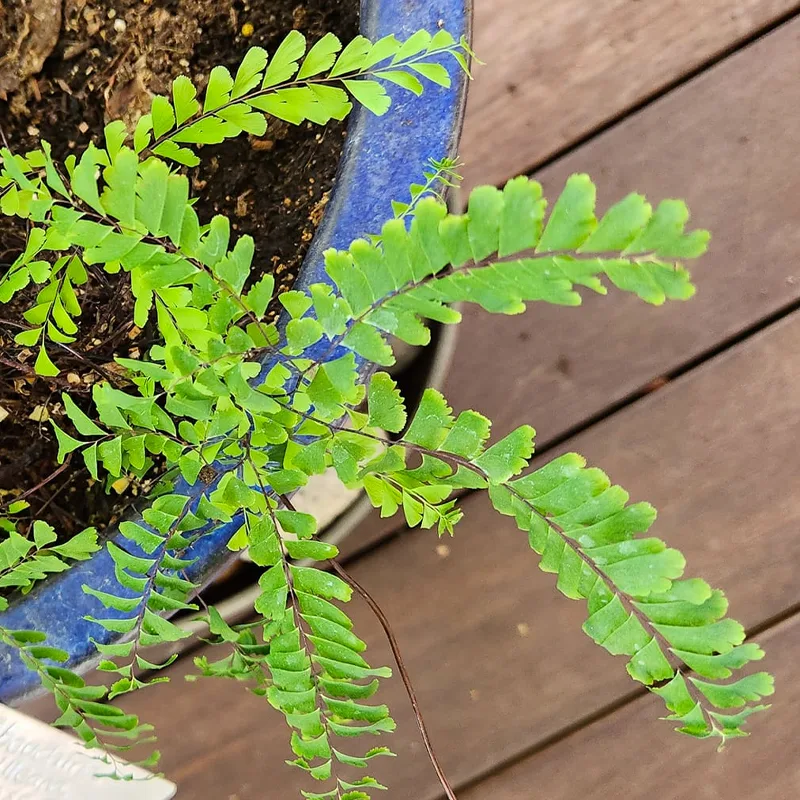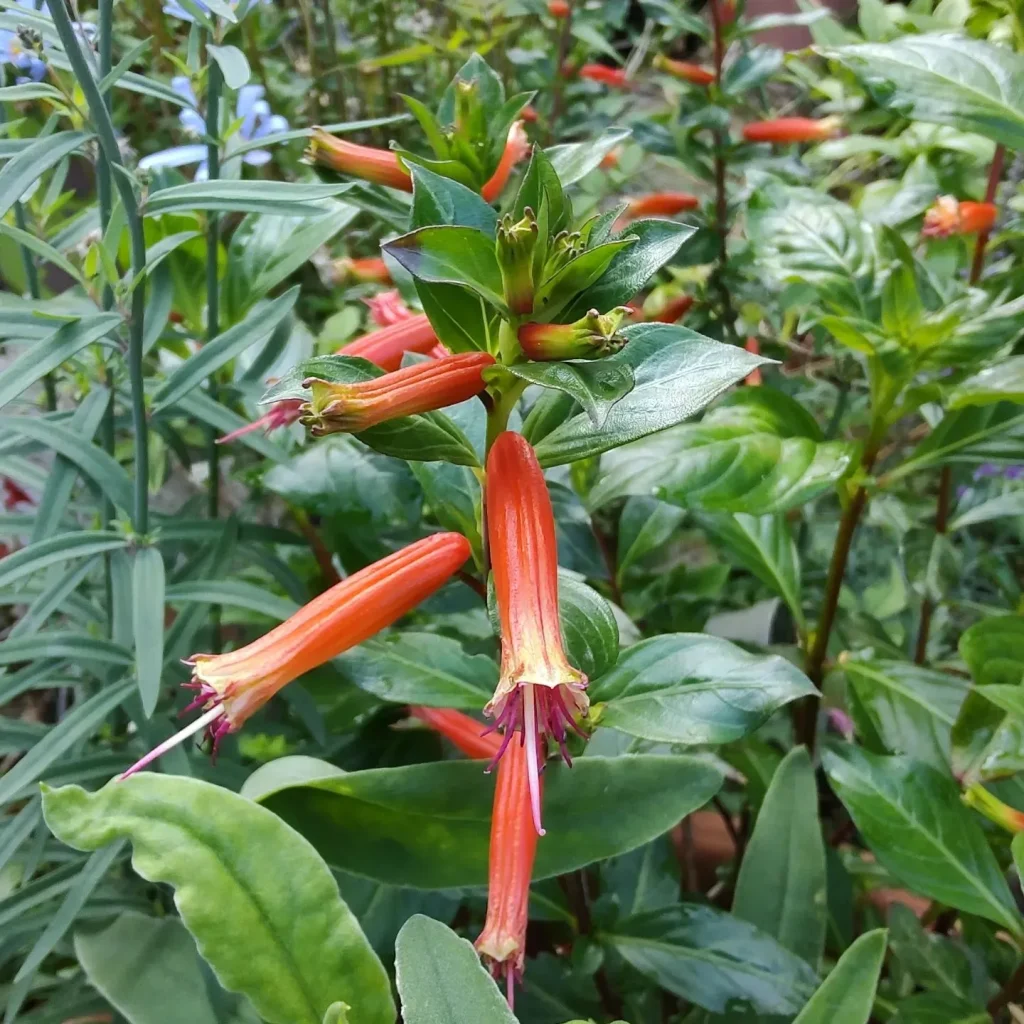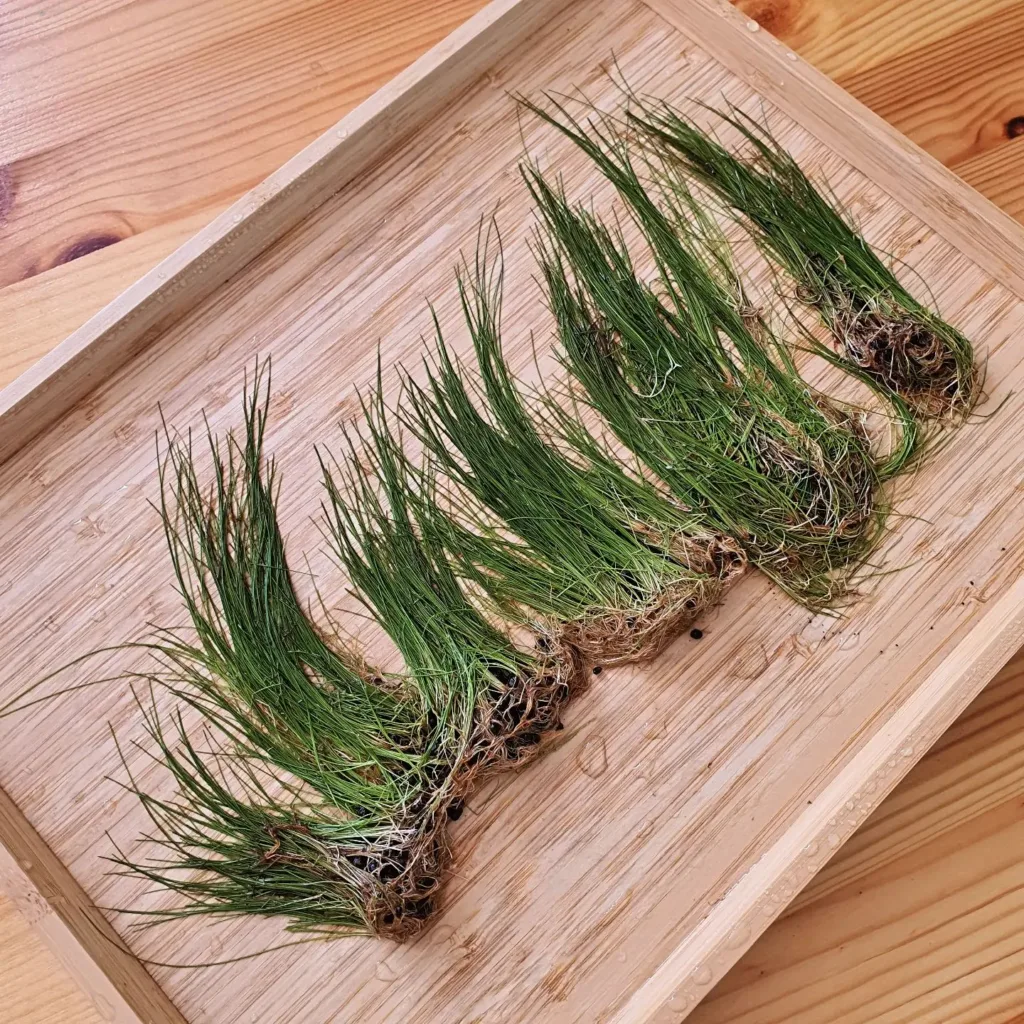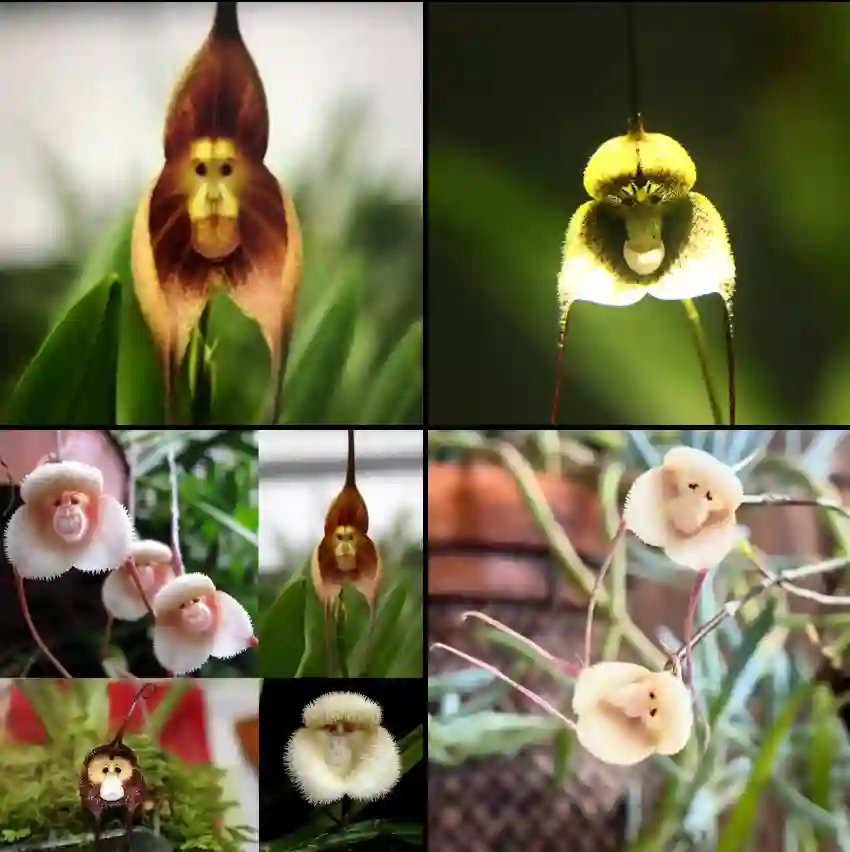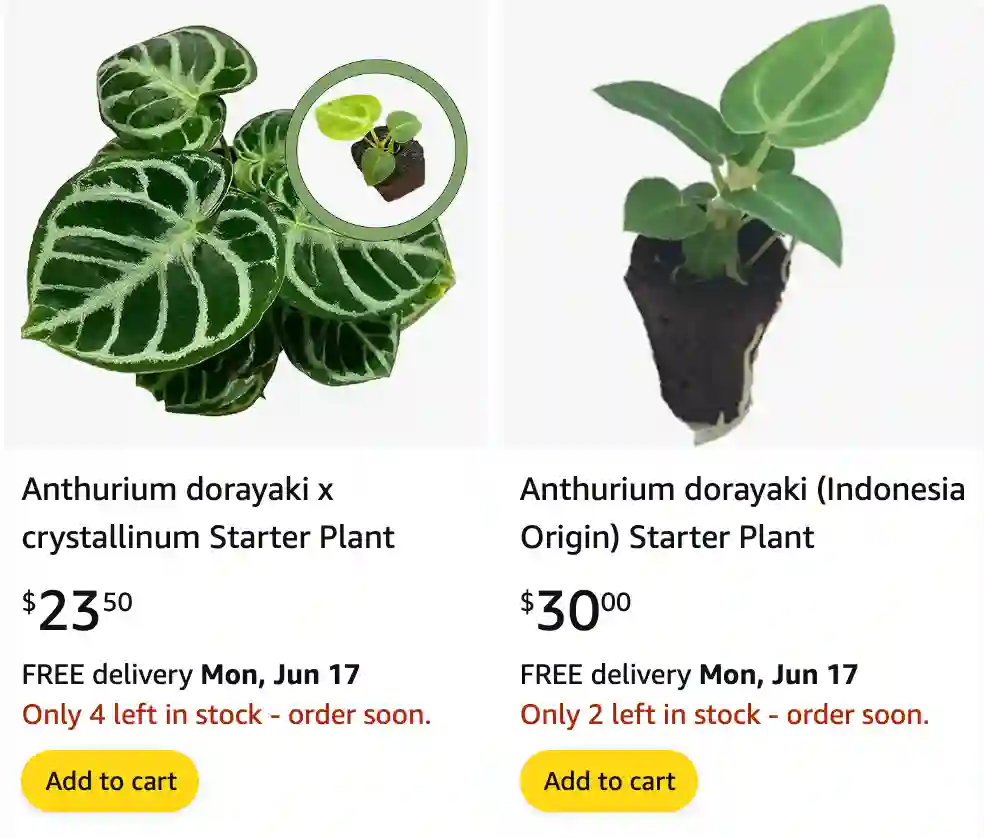
1. Introduction to Anthurium Dorayaki: The Pancake Leaf
1.1. What is Anthurium ‘Dorayaki’?
The Anthurium ‘Dorayaki’ is a unique and highly prized hybrid cultivar within the Anthurium genus, instantly recognizable by its exceptionally distinct foliage. It is primarily characterized by its thick, almost perfectly round leaves that are a rich green, with prominent, wide, pale green or silvery veins. Its name, ‘Dorayaki’, is derived from the famous Japanese pancake, reflecting the plant’s charmingly rounded leaf shape. Often described as having a velvety or subtly shimmering surface, this striking combination of unique shape, texture, and intricate veining makes it a true showstopper and a prized addition to any indoor plant collection. Native as a hybrid, it brings an exotic and opulent aesthetic to any indoor space, making it a favorite among discerning collectors.
1.2. Reasons for its Appeal
Anthurium ‘Dorayaki’ captivates plant enthusiasts for several compelling reasons:
- Unique Round Leaf Shape: Its distinct, almost perfectly circular leaves set it apart from typical heart-shaped Anthuriums, adding to its rarity and appeal.
- Luxurious Veining: The prominent, wide, pale veins contrast beautifully with the dark leaf blade, enhancing its artistic appearance.
- Compact Size: It generally remains smaller and more compact, making it ideal for limited spaces or tabletop displays.
- Collector’s Item: Due to its exquisite features and somewhat specialized care, it is highly prized by Aroid collectors.
- Aesthetic Appeal: Its unique appearance adds a touch of elegance and whimsy to any indoor space.
2. Origins and Distinguishing Characteristics
2.1. Origins
Anthurium ‘Dorayaki’ is a cultivated hybrid, specifically a hybrid form of Anthurium crystallinum (some sources suggest it might also involve Anthurium clarinervium). It was developed through selective plant breeding, resulting in this specific cultivar with thicker, more circular leaves and wider veins compared to the original Anthurium crystallinum. Its lineage traces back to Anthurium species native to tropical regions of Central and South America. While it is a hybrid, some forms are known to originate from Indonesia. The name ‘Dorayaki’ refers to a Japanese pancake due to the shape of the leaves, not necessarily the flowers.
2.2. Leaf Morphology and Texture
The leaves of Anthurium ‘Dorayaki’ are its most defining characteristic. They are:
- Shape: Uniquely thick and almost perfectly round or circular, visually distinct from the elongated heart-shaped foliage of Anthurium crystallinum. They have a smooth, thick, and pleasantly rounded appearance.
- Size: Generally small to medium-sized, contributing to its compact and adorable aesthetic.
- Color & Texture: A rich green with a luxurious velvety or subtle sheen. What truly sets them apart are their prominent, wide, light-colored or silvery veins that stand out beautifully against the dark leaf blade. The hybrid’s venation can give a shimmering, silvery sheen when viewed from certain angles.
- The leaves are generally entire (undivided).
2.3. Growth Habit and Rate
Anthurium ‘Dorayaki’ is primarily a terrestrial Aroid, generally forming an upright clump of leaves from a central rhizome. It does not typically climb with aerial roots. Its leaves grow outwards in a symmetrical pattern, creating a tidy, ornamental look. It maintains a relatively compact size indoors. Its growth rate is generally considered slow, but steady under optimal conditions, gradually unfurling new leaves.
2.4. Toxicity
Like most other Anthurium species, Anthurium ‘Dorayaki’ is considered toxic to pets (cats, dogs) and humans if ingested. It contains calcium oxalate crystals, which can cause irritation and swelling of the mouth, throat, and digestive tract, leading to discomfort, vomiting, and difficulty swallowing. It is advisable to keep this plant out of reach of pets and small children.
2.5. Comparison to Similar Anthurium Species (Crystallinum, Clarinervium, Regale)
Anthurium ‘Dorayaki’ is highly distinctive due to its combination of its round shape, thick leaves, and prominent wide veins. It is most often compared to Anthurium crystallinum, its parent species.
- Anthurium ‘Dorayaki’: Characterized by thick, almost perfectly round leaves with strikingly wide, light-colored or silvery veins. It is a compact, terrestrial Anthurium.
- Anthurium crystallinum (Parent Species): Features prominent white/silver veins on elongated heart-shaped green leaves with a distinct sinus. Its leaves are typically thinner and its veins are narrower compared to A. ‘Dorayaki’.
- Anthurium clarinervium: Has smaller, thick, dark green, heart-shaped leaves with a distinct sinus and prominent white veining, often with a velvety texture. While similar in prominent veining, its leaf shape is distinctly heart-shaped, not round.
- Anthurium regale: Has very large, broad, heart-shaped, velvety green leaves with a distinct sinus and prominent pale veins. Its leaves are significantly broader and larger overall compared to A. ‘Dorayaki’, and it has a different growth habit.
The unique combination of its thick, rounded leaves with wide, prominent pale veins clearly distinguishes Anthurium ‘Dorayaki’. Some variants like ‘Dorayaki Silver’ or ‘Dorayaki Silver Blush’ exist with differences in vein thickness and new leaf color.
3. Comprehensive Care Guide: Nurturing Your Round-Leafed Hybrid
Cultivating a thriving Anthurium ‘Dorayaki’ demands meticulous and precise care to highlight its exquisite foliage and overall health, mimicking its tropical ancestry. It is often considered best suited for intermediate Aroid growers due to its specific humidity and soil demands, and its slow growth.
Table 1: Quick Care Guide for Anthurium Dorayaki
| Care Factor | Requirement Description |
|---|---|
| Light | Bright, indirect light (e.g., North/East window, filtered South/West). Avoid harsh direct sun. Optimal 300-800fc. |
| Temperature | Ideal range: 18-27°C (60-80°F). Protect from below 16°C (60°F) or cold drafts/extremes. |
| Humidity | High humidity (60-80% preferred). Essential for pristine leaves and unfurling. |
| Watering | Keep soil consistently moist but not waterlogged. Water when top 1-2 inches of soil feel dry. Ensure good drainage. Avoid overwatering. |
| Soil | Well-draining, airy, chunky potting mix (aroid mix: peat moss/coco coir, perlite, orchid bark). pH 5.5-6.5 (slightly acidic). |
| Fertilization | Balanced liquid fertilizer, every 2-3 months in spring/summer. Reduce/withhold in fall/winter. |
| Pruning | Remove yellow/dead/damaged leaves. Minimal pruning. |
| Repotting | Every 2-3 years, or when root-bound, in spring. Increase pot size slightly. Prefers slightly root-bound. |
| Support | Not typically needed (upright clump). |
3.1. Light Requirements
Bright, indirect light is paramount for Anthurium ‘Dorayaki’ to thrive and maintain its unique leaf coloration and prominent veins. Place your plant near a north or east-facing window with filtered sunlight. For south or west-facing windows, use a sheer curtain to diffuse the light or place the plant a few feet away from the window. Avoid direct sunlight, as it can easily scorch its delicate leaves, leading to unsightly brown spots or wilting. Optimal light levels are between 300-800 foot-candles (fc). Conversely, insufficient light can lead to slower growth and less vibrant colors. In winter, grow lights can be used to supplement. Regularly rotating the plant ensures even light exposure and balanced growth.
3.2. Temperature and Humidity
As a plant from warm, humid tropical rainforests, Anthurium ‘Dorayaki’ prefers a warm, consistent temperature between 16-27°C (60-80°F). It’s crucial to protect it from drafts or sudden temperature changes. Avoid placing it near an air conditioner, microwave, or other temperature-regulating appliances. Temperatures below 18°C (65°F) or below 15°C (59°F) can be harmful.
High humidity (60-80%) is crucial for Anthurium ‘Dorayaki’‘s health and the proper development and maintenance of its unique texture. Optimal growth and pristine leaf appearance are achieved with higher moisture levels. Signs of insufficient humidity might include crispy brown leaf edges, especially with velvety varieties. You can increase humidity by using a room humidifier (ideal for 70-80% humidity). Placing a pebble tray filled with water beneath the plant or misting the leaves regularly can also help increase humidity levels. Enclosing it in a grow cabinet is a great way to provide ideal conditions.
3.3. Watering Practices
Proper watering is critical for Anthurium ‘Dorayaki’. It prefers to be kept moist but not waterlogged. Water thoroughly when the top 1-2 inches (2.5-5 cm) of soil feel dry to the touch. Water deeply and allow excess water to drain from the saucer to avoid root rot. Avoid allowing the plant to sit in standing water. It dislikes growing in damp soils.
The frequency of watering will depend on environmental factors like light, temperature, and humidity, as well as the pot size and soil mix. You may need to water once or twice a week to maintain the substrate always moist. You can also preserve moisture content using mulch. Drooping leaves can indicate overwatering (if soggy) or underwatering (if dry).
3.4. Optimal Soil Mix and Repotting
A well-draining, airy, and nutrient-rich potting mix is essential for Anthurium ‘Dorayaki’. It dislikes growing in damp soils. This mimics the loose, organic matter it would find in its native habitat. An ideal mix should promote good aeration while retaining sufficient moisture. A suitable blend can include:
- Peat moss or coco coir (for healthy growth)
- Perlite (plenty of it, to provide drainage)
- Orchid bark
- Worm castings (for extra nutrients)
A well-draining soil mix with a high content of peat moss or coco coir is recommended. The soil’s pH level should be around 6.5 (slightly acidic), with an ideal range of 5.5-6.5.
Repotting: Repot your Anthurium ‘Dorayaki’ typically every 2-3 years, or when it becomes root-bound. It prefers to be slightly root-bound, so repot only when necessary. Spring is the best time to repot. Choose a pot that is one size larger than the current one, ensuring it has ample drainage holes. Use fresh potting mix to refresh the soil and promote healthy growth.
3.5. Fertilization Strategies
Anthurium ‘Dorayaki’ will benefit from a balanced, water-soluble fertilizer every 2-3 months during the growing season (spring and summer). Use a fertilizer with equal parts nitrogen, phosphorus, and potassium. Reduce feeding during the winter season when the plant enters a dormant phase. Avoid over-fertilization, as it can damage the plant. Regular fertilization helps support growth and maintain the vibrant variegation of the leaves.
3.6. Pruning and Maintenance
Regular pruning is beneficial for Anthurium ‘Dorayaki’ to maintain its appearance and remove any unhealthy foliage. Minimal pruning is required. Remove any yellow, dead, or damaged leaves as they appear to promote new growth and maintain the plant’s elegant appearance. Regularly inspect the leaves for signs of infestation, such as webbing or tiny insects. Wipe leaves with a damp cloth to remove dust.
4. Propagation Techniques: Expanding Your Collection
Propagating Anthurium ‘Dorayaki’ is possible, though it is a slow process due to its slow growth. The most common method is through stem cuttings. The best time for propagation is during the spring or early summer when the plant is actively growing.
4.1. Stem Cuttings
- Select a Healthy Stem: Choose a healthy stem section that has at least one node (the point where a leaf emerges from the stem) and preferably a few leaves.
- Sterilize Tools: Always use clean, sharp, and sterilized pruning shears or a knife to make your cuts. This prevents the spread of diseases.
- Make the Cut: Cut the stem just below a node. Remove any lower leaves that would be submerged in your chosen rooting medium to prevent rot.
- Rooting Hormone (Optional): Applying a rooting hormone (powder or gel) to the cut end can stimulate faster and more robust root development.
- Rooting Medium Options:
- Water Propagation: Place the stem in water, making sure the cut end is submerged. Change the water regularly (every few days) to prevent bacteria buildup. Roots should start to emerge from the nodes in about 2-4 weeks. Wait until the roots are a few inches long before potting.
- Sphagnum Moss: Plant the cutting in moist sphagnum moss. This medium provides excellent aeration and moisture retention, often leading to robust root development.
- Soil: You can also plant the cutting directly into a small pot filled with a moist, well-draining potting mix. Keep the soil consistently moist but not waterlogged.
- Provide Optimal Environment: Place your cuttings in a warm, bright location with indirect light. High humidity (e.g., within a propagation box or covered with a clear plastic bag to create a mini-greenhouse effect) will significantly accelerate the rooting process.
- Potting Up: Once roots have formed and the plant is established, it can be transplanted into its own pot.
5. Troubleshooting Common Issues: Pests, Diseases, and Environmental Stress
While generally pest and disease-resistant, Anthurium ‘Dorayaki’ may occasionally suffer from issues. Prompt identification and action are crucial for maintaining its health.
Table 2: Common Problems & Troubleshooting for Anthurium Dorayaki
| Problem | Symptoms | Solutions/Treatment |
|---|---|---|
| Yellowing Leaves | Leaves turning yellow. | Overwatering (most common), nutrient deficiency, natural aging. Adjust watering, fertilize, check roots for rot. |
| Brown Spots/Scorched Leaves | Brown spots on leaves, crispy edges. | Direct sunlight (too much light), inconsistent watering. Move to indirect light, adjust watering. |
| Wilting Leaves | Leaves drooping or looking limp. | Underwatering (most common), root rot (overwatering), temperature extremes. Check soil moisture, inspect roots, ensure stable temperature. |
| Slow Growth | Plant growth is very slow. | Not enough light, low humidity, nutrient deficiency. Provide brighter indirect light, increase humidity, fertilize. |
| Pest Infestations | Visible pests (spider mites, mealybugs, scale insects), webbing, tiny insects. | Inspect regularly, isolate plant, treat with insecticidal soap or neem oil. |
| Root Rot | Mushy roots/stem, yellowing/wilting, foul odor. | Overwatering, poor drainage. Repot, trim rotten roots, improve drainage, reduce watering. |
| Leaves Turning Brown/Soft/Drooping due to Cold | Leaves yellow or brown, soft, drooping. | Too cold, exposed to drafts. Move to warmer spot, avoid drafts. |
| Crispy Leaf Edges (especially with velvety types) | Edges of leaves dry and crispy. | Low humidity. Increase humidity. |
| Yellow/Green Veins on Leaves | Leaves yellow with green veins. | High pH (above 7.0) leading to iron/manganese deficiency. Adjust soil pH. |
5.1. Watering Issues
- Overwatering: This is a leading cause of root rot. Symptoms include yellowing leaves, mushy leaves or stems, and ultimately root rot. The Anthurium Dorayaki dislikes growing in damp soils.
- Solution: Water thoroughly when the top 1-2 inches (2.5-5 cm) of soil feel dry to the touch. Ensure proper drainage from the pot and empty any excess water from the saucer. If root rot is suspected, repot with fresh, well-draining soil and trim affected roots. Avoid waterlogging.
- Underwatering: Can cause leaves to wilt and droop.
- Solution: Increase watering frequency to maintain consistently moist (but not soggy) soil. You can water once or twice a week to maintain adequate moisture, or use mulch to help retain moisture.
5.2. Light Issues
- Insufficient Light: Can lead to slower growth and less vibrant foliage.
- Solution: Provide bright, indirect light. Place it near a north or east-facing window with filtered sunlight. In winter, grow lights can be used to supplement.
- Too Much Direct Light: Harsh direct sunlight can burn the leaves, causing browning or wilting. Yellowing leaves might indicate too much sun.
- Solution: Avoid exposing it to direct sunlight. Place it behind a window with filtered sunlight or use a sheer curtain.
5.3. Humidity and Temperature Stress
- Low Humidity: Anthurium Dorayaki loves a humid room. Low humidity can cause brown or crispy leaf edges.
- Solution: Maintain humidity levels between 60-80%. Use a room humidifier (ideal for 70-80% humidity), place a pebble tray filled with water beneath the plant, or mist the leaves regularly.
- Temperature Extremes: The plant cannot grow at a temperature between 21-31°C or below 18°C. Cold temperatures (below 15°C / 59°F) can cause leaves to turn yellow or brown, become soft, and droop. Too hot (above 27°C / 80°F) can cause brown spots, scorched edges, and wilting even if soil is moist.
- Solution: Maintain a warm, consistent temperature between 16-27°C (60-80°F). Keep it away from drafts, air conditioners, microwaves, or other temperature-regulating appliances.
5.4. Pests
Anthurium ‘Dorayaki’ is generally pest and disease-resistant, but may occasionally suffer from common pests like spider mites, mealybugs, or scale insects.
- Symptoms: Visible pests, webbing, tiny insects, sticky residue.
- Solution: Regularly inspect the leaves for signs of infestation. Treat infestations promptly with insecticidal soap or neem oil. Ensure good air circulation around the plant to prevent fungal diseases.
5.5. Diseases
- Root Rot: A common issue, typically caused by overwatering.
- Symptoms: Yellowing/wilting leaves, mushy stem, foul odor from soil.
- Solution: Ensure well-draining soil and proper watering practices. Repot if severe, trimming affected roots.
- Fungal Diseases: Can occur in overly damp conditions.
- Solution: Ensure good air circulation, avoid overcrowding, and proper watering to prevent favorable conditions for disease development.
6. Conclusion: Enjoying Your Thriving Anthurium Dorayaki
Anthurium ‘Dorayaki’, with its unique round leaves and prominent wide veins, is a truly captivating and rewarding plant to cultivate. By consistently providing it with bright, indirect light, appropriate watering (consistently moist but not soggy soil), high humidity, stable warm temperatures, and a well-draining, airy soil mix, you can ensure your ‘Dorayaki’ thrives. While it demands attention to its specific needs and grows slowly, the reward of nurturing its unique beauty and watching its distinctive leaves unfurl will bring immense satisfaction and a delightful, elegant touch to your indoor space.
If i die, water my plants!
